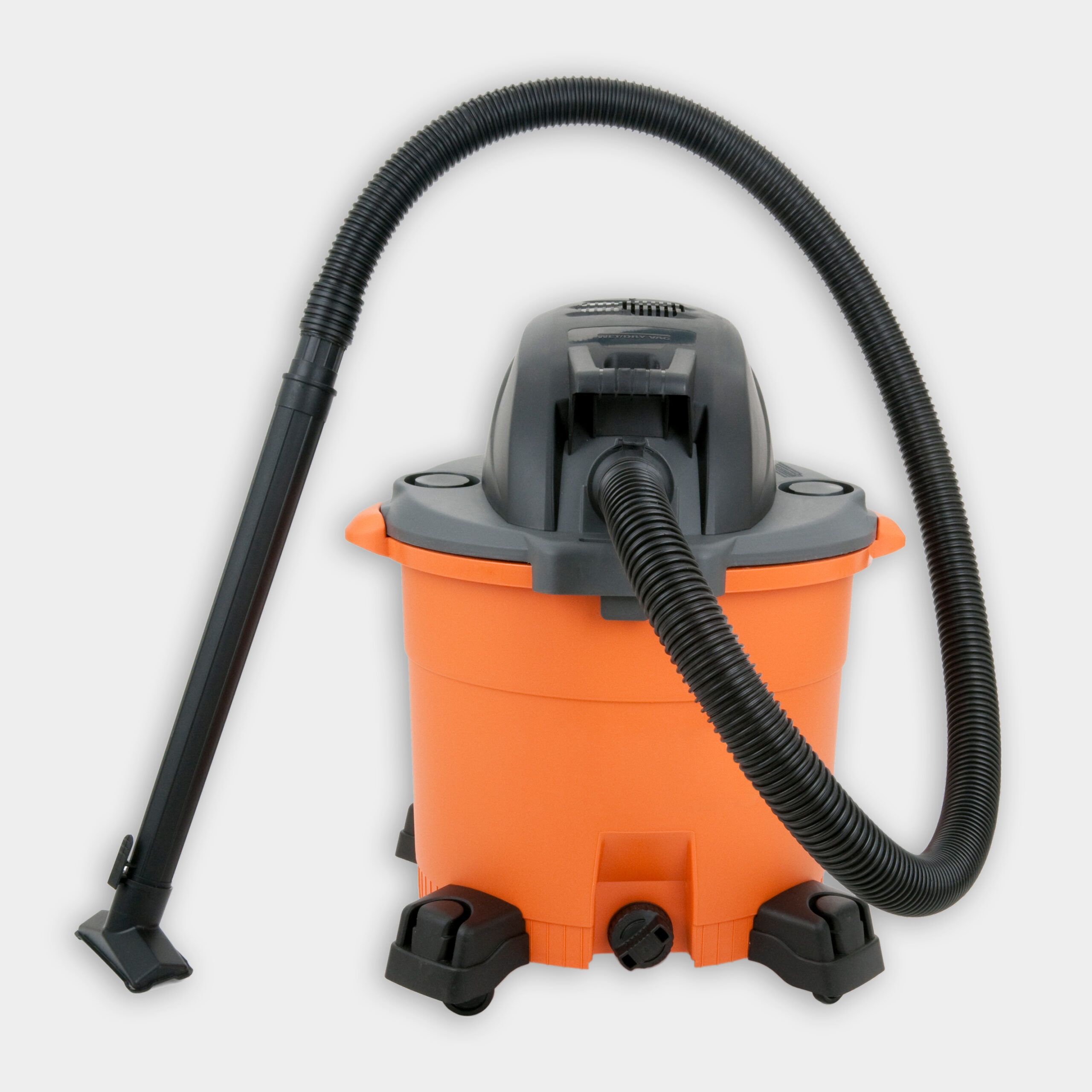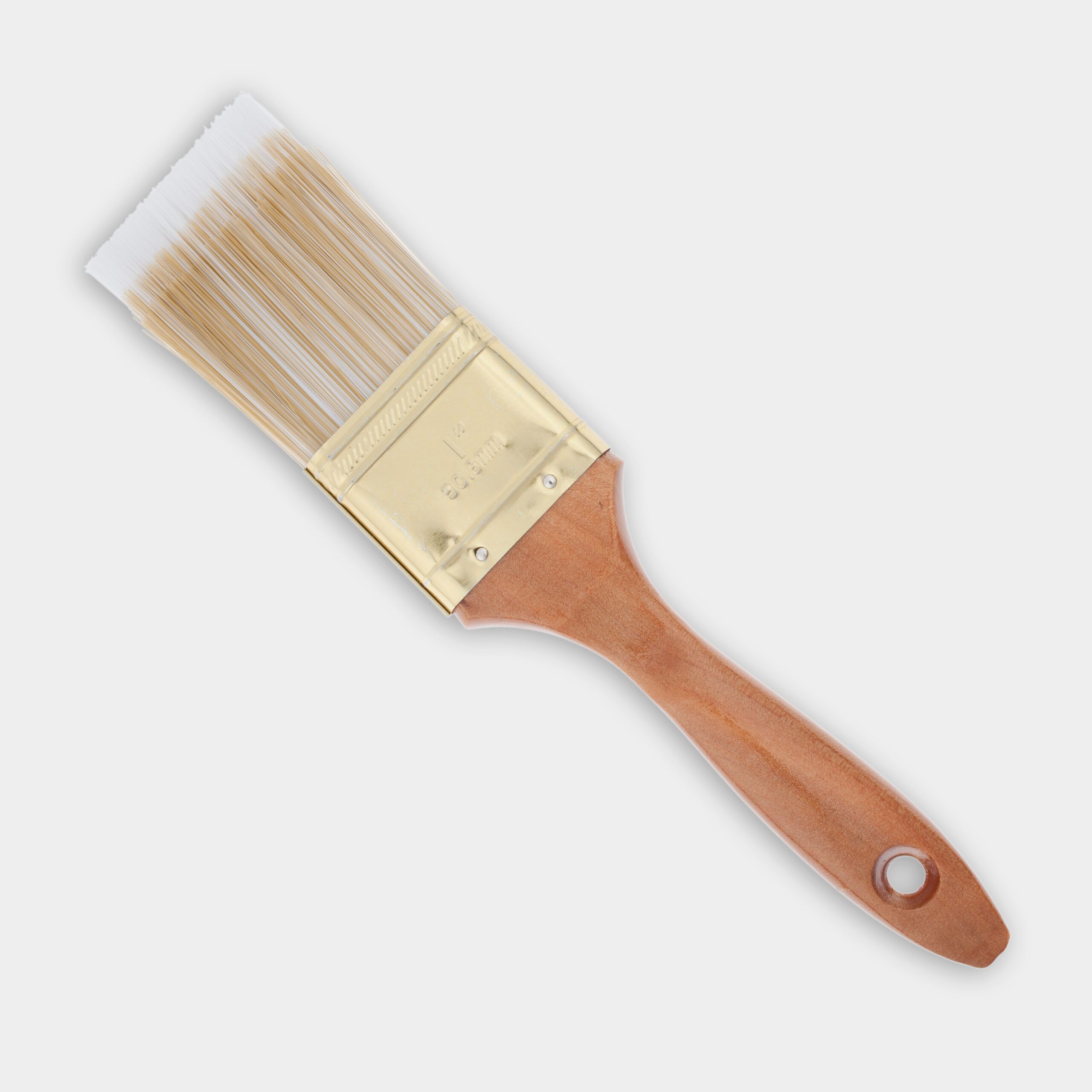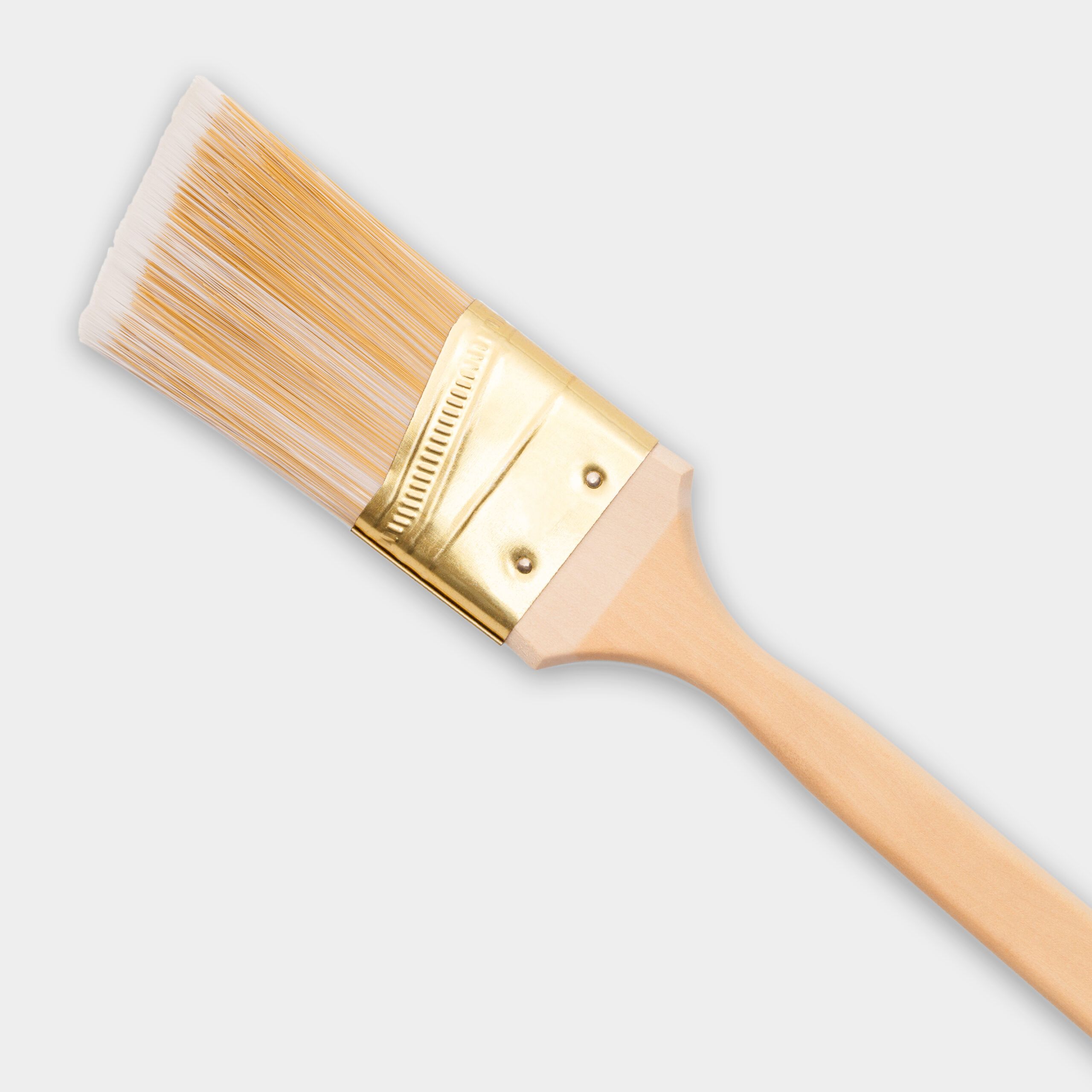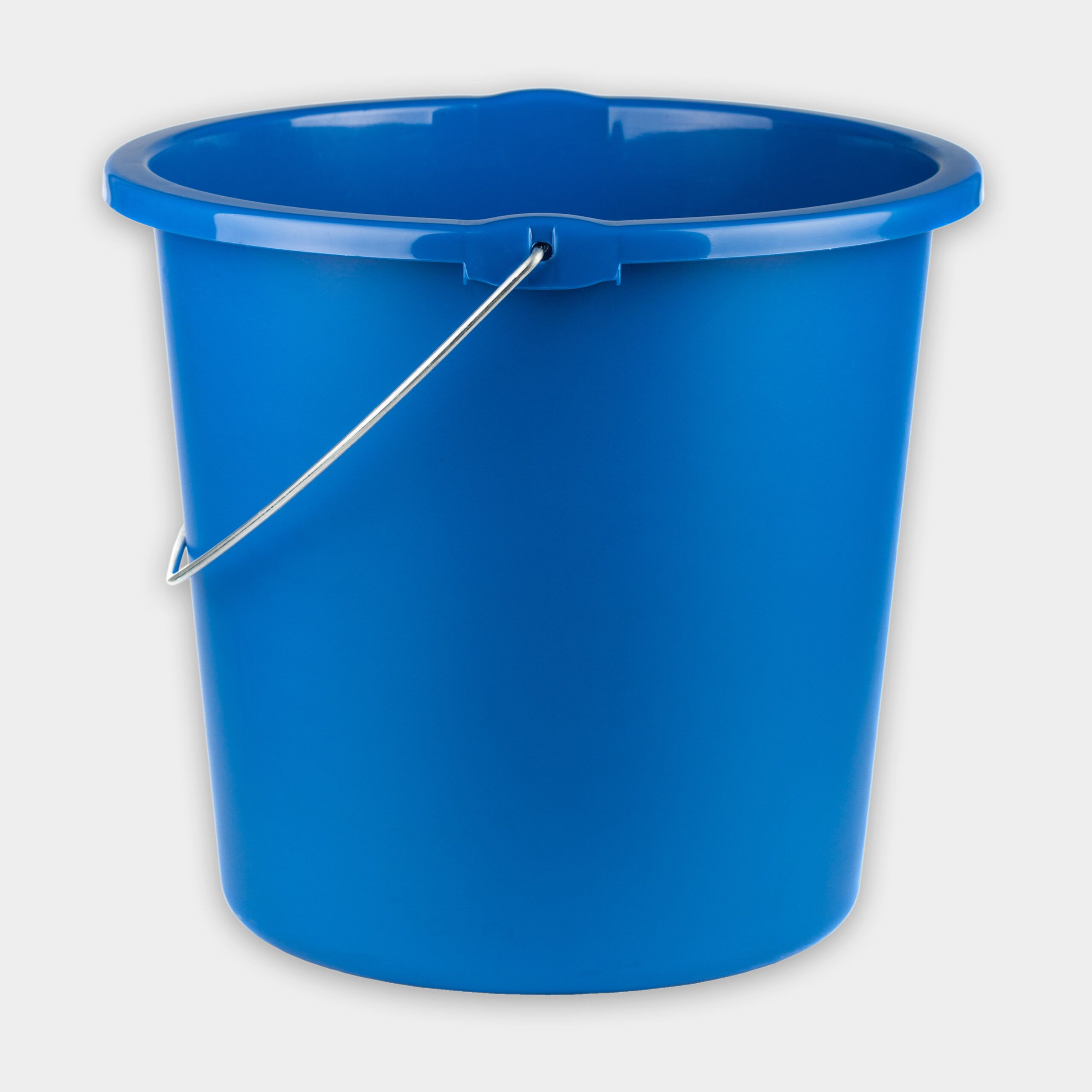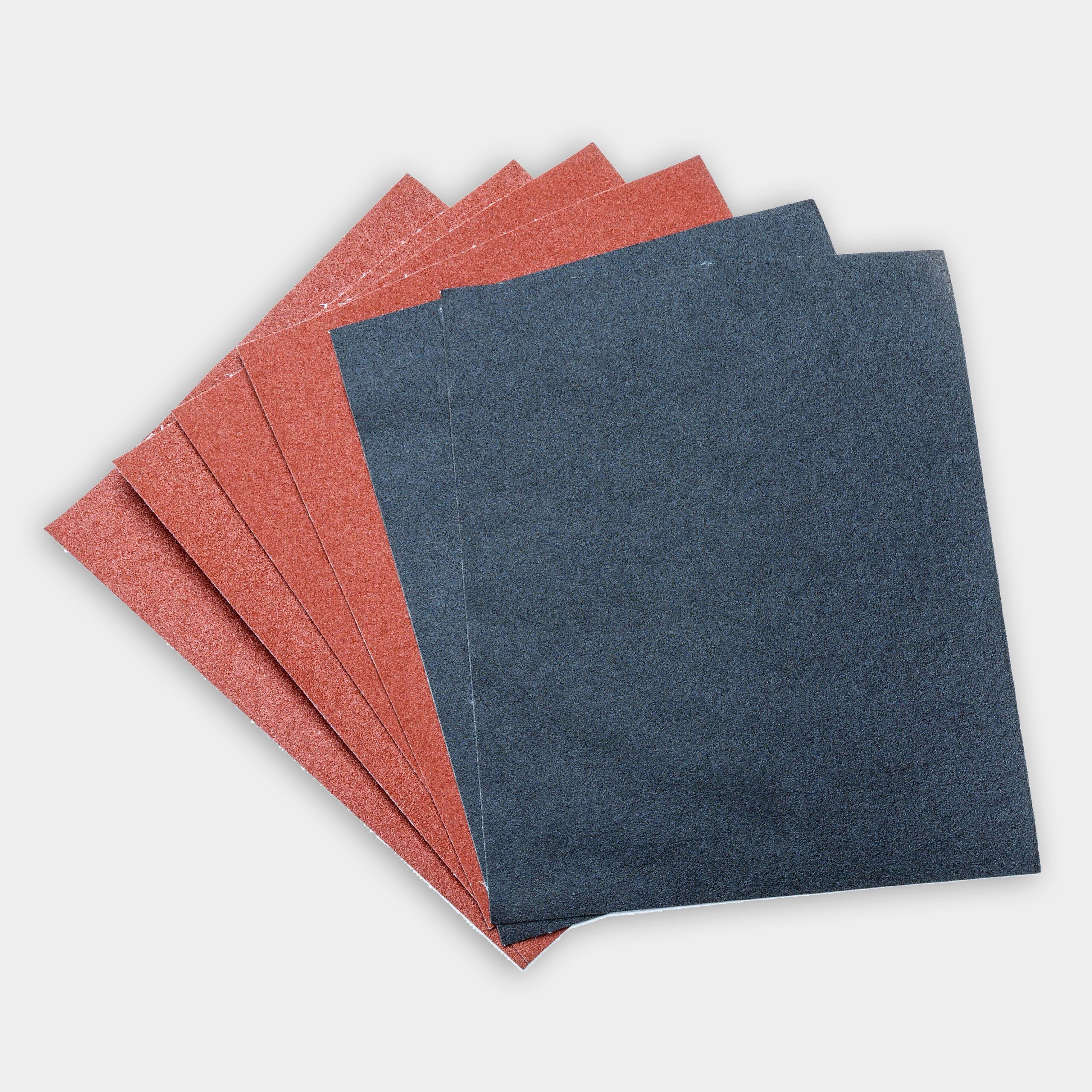We may be compensated if you purchase through links on our website. Our team is committed to delivering honest, objective, and independent reviews on home products and services.
Project details
Skill
Cost
Estimated Label
Whitewashing furniture is a great way to breathe new life into old pieces without the need for perfection—and it’s so simple that anyone can do it. In this guide, we’ll explore how to whitewash an outdoor bench. In the video above, This Old House painting contractor Mauro Henrique walks through this project with host Kevin O’Connor to refresh an antique outdoor bench.
What Is Whitewash?
Whitewash is a diluted paint mixture that allows the wood grain to show through while adding a rustic, aged appearance. Unlike traditional painting, whitewashing is forgiving and easy to apply, making it an ideal project for beginner DIYers.
Whitewash vs. Limewash
While often used interchangeably, whitewash and limewash are different techniques. Whitewash is a mixture of water and paint or stain, while limewash is made of water and limestone powder. Both are durable, but whitewash is easier to apply and more forgiving.
Benefits of Whitewashing Outdoor Furniture
Whitewashing your outdoor bench offers the following advantages:
- Allows for customization of color intensity
- Is easy to touch up and maintain
- Preserves wood texture
- Protects wood from the elements
- Provides a weathered, coastal look
Tools and Materials to Whitewash an Outdoor Bench
You’ll need the following items to complete this project:
- 220-grit sandpaper
- 3-inch angled paintbrush
- 3-inch flat paintbrush
- Gray stain
- Mixing bucket
- Paper towel
- Sandpaper
- Water
- Wet/dry vac
- White stain
Preparing Your Outdoor Bench for Whitewash
Henrique says 85% of this project is preparation. Before applying whitewash, clean your bench, sand its surface, and remove any dust and debris.
- Cleaning the bench: Start by cleaning your bench to remove dirt, grime, and any loose paint or finishes. Use a mild detergent and water solution, scrubbing with a brush to reach all crevices. Rinse well and allow the bench to dry completely.
- Sanding the surface: Lightly sand the entire bench using 100-grit sandpaper. This step opens up the wood pores and smooths any rough spots without removing all the existing finish. The goal is not to sand down to bare wood but to create a surface that will readily accept the whitewash.
- Removing dust and debris: After sanding, remove all dust and debris. Use a wet/dry vacuum to thoroughly clean the surface, ensuring no particles remain that could interfere with the whitewash application. Pay attention to hidden corners and joints so every part of the bench is clean.
Creating the Whitewash Mixture
The key to a successful whitewash lies in the mixture. Choose a base color (typically white exterior stain) and add a tinting color (such as light gray) for depth. Then, dilute the mixture with water. Follow these steps:
- Mixing the stain: In the instructional video, Henrique combines two parts white stain with one part light gray stain. This combination creates a more nuanced color that adds depth to the final finish. The proportions of mixing can be adjusted based on personal preferences.
- Adding water: The ideal ratio for whitewash is typically 50% stain and 50% water. However, you can adjust this ratio to achieve your desired level of opacity. It’s always easier to add more stain than to remove excess. Adjusting the water and stain mixture allows for flexibility in achieving a lighter or darker finish.
Applying the Whitewash to the Bench
With your bench prepared and your whitewash mixed, you’re ready to begin applying your whitewash. This process is straightforward but requires attention to detail for the best results.
- Brushing: Use a 3-inch flat or angled brush to apply the whitewash. Work in long, even strokes, following the grain of the wood. Don’t worry about achieving perfect coverage—the beauty of whitewash lies in its imperfections. The brushing technique affects the final texture, and attention to detail creates a more professional look.
- Wiping and blending: After applying the whitewash, use paper towels or a clean rag to wipe away excess and blend the finish. This step allows you to control the intensity of the color and create a more natural, weathered look. Wiping the surface helps absorb any excess whitewash.
- Layering for the desired effect: If you want a more opaque finish, allow the first coat to dry completely before applying additional layers. Whitewash will appear darker when wet and will lighten as it dries. Multiple layers can provide a textured depth to the final look.
Whitewash Bench Finishing Touches
Once you’ve achieved your desired look, there are a few additional steps to take so your bench stands the test of time. Paying attention to these finishing touches enhances both durability and appearance.
- Drying time: Allow the bench to dry completely in a well-ventilated area. Avoid placing the bench in direct sunlight during the drying process, as this can cause uneven drying or cracking.
- Sealing (optional): While not always necessary, applying a clear sealer can help protect your finish—especially if you’re whitewashing outdoor furniture. Choose a water-based sealer to maintain the whitewash’s matte appearance.
- Maintenance: To keep your whitewashed bench looking its best, clean it regularly with a soft brush and mild soap and touch up any worn areas as needed. If you used a sealer, reapply it annually. Seasonal changes can affect the condition of outdoor furniture. During winter or rainy weather, use a weather-resistant cover for your bench.
Our Conclusion
Whitewashing an outdoor bench is an easy way to give your outdoor space a fresh, rustic charm. This technique creates a weathered look that adds character to your garden or patio. With the right prep and application, your whitewashed bench will stand out beautifully.
Resources
To prep the bench for staining, Henrique and O’Connor lightly sand it with 220-grit sandpaper and then wipe it down and vacuum to remove any remaining dust or debris.
For the whitewash, Henrique mixes two parts of solid exterior flat white stain and one part solid exterior flat light gray stain into a container of water. The water-to-stain ratio should start at 1:1. Add more water if necessary to achieve your desired consistency.
Henrique and O’Connor apply the stain to the bench with 3-inch flat and angled stain brushes.
All supplies for this project can be found at home centers.
